
Wekiva Parkway Section 6 Project Spotlight
Construction for the Wekiva Parkway Section 6 project is over 50% completed and is slated to be finished in March of 2021.
Learn from award-winning professionals — explore our whitepapers, blogs, and the latest industry updates.
Join our dynamic organization of engineers, land surveyors, landscape architects, environmental scientists, and architects!
Talk to a market leader today! We’ll answer any questions you have about our professional services.
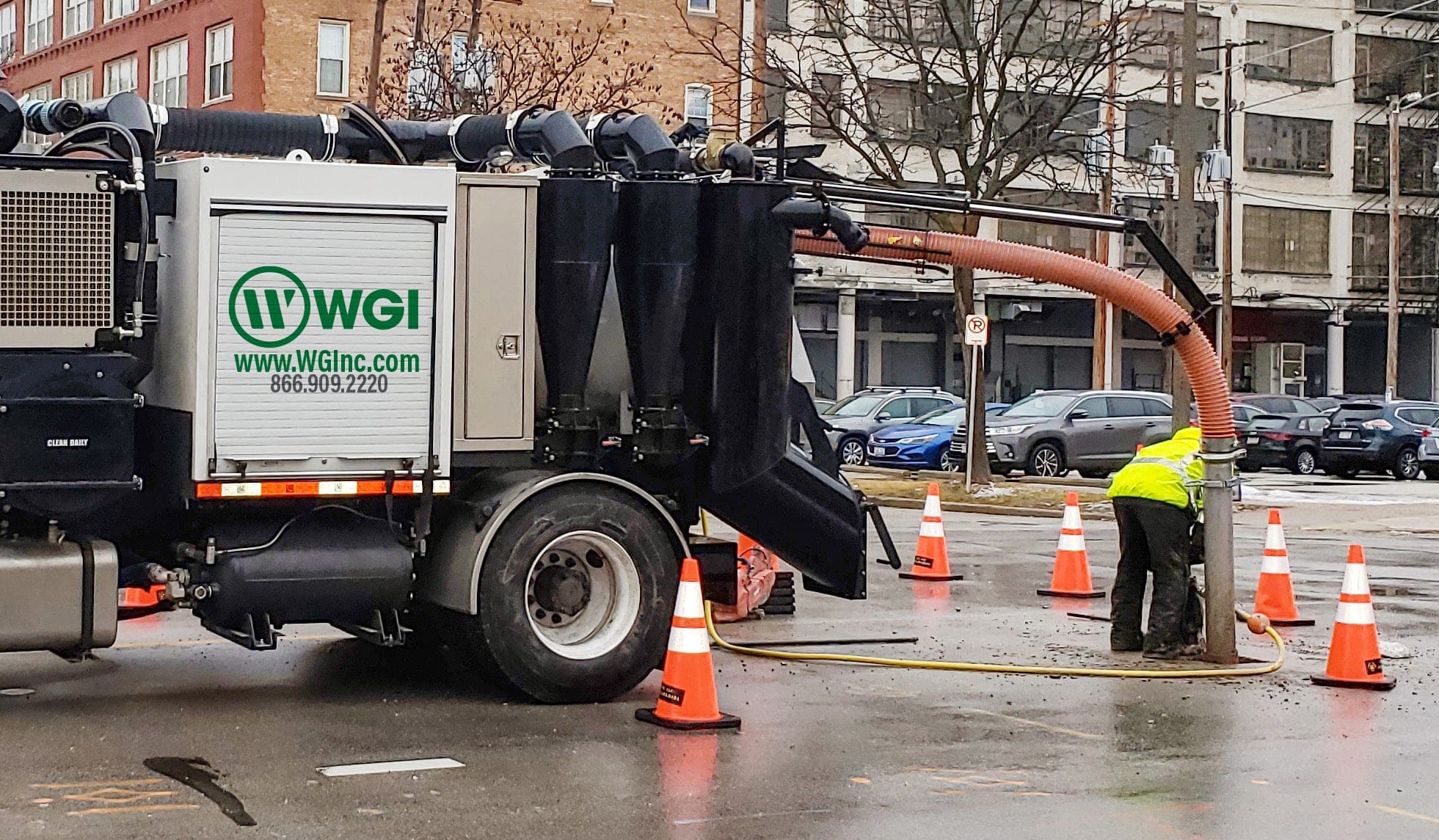
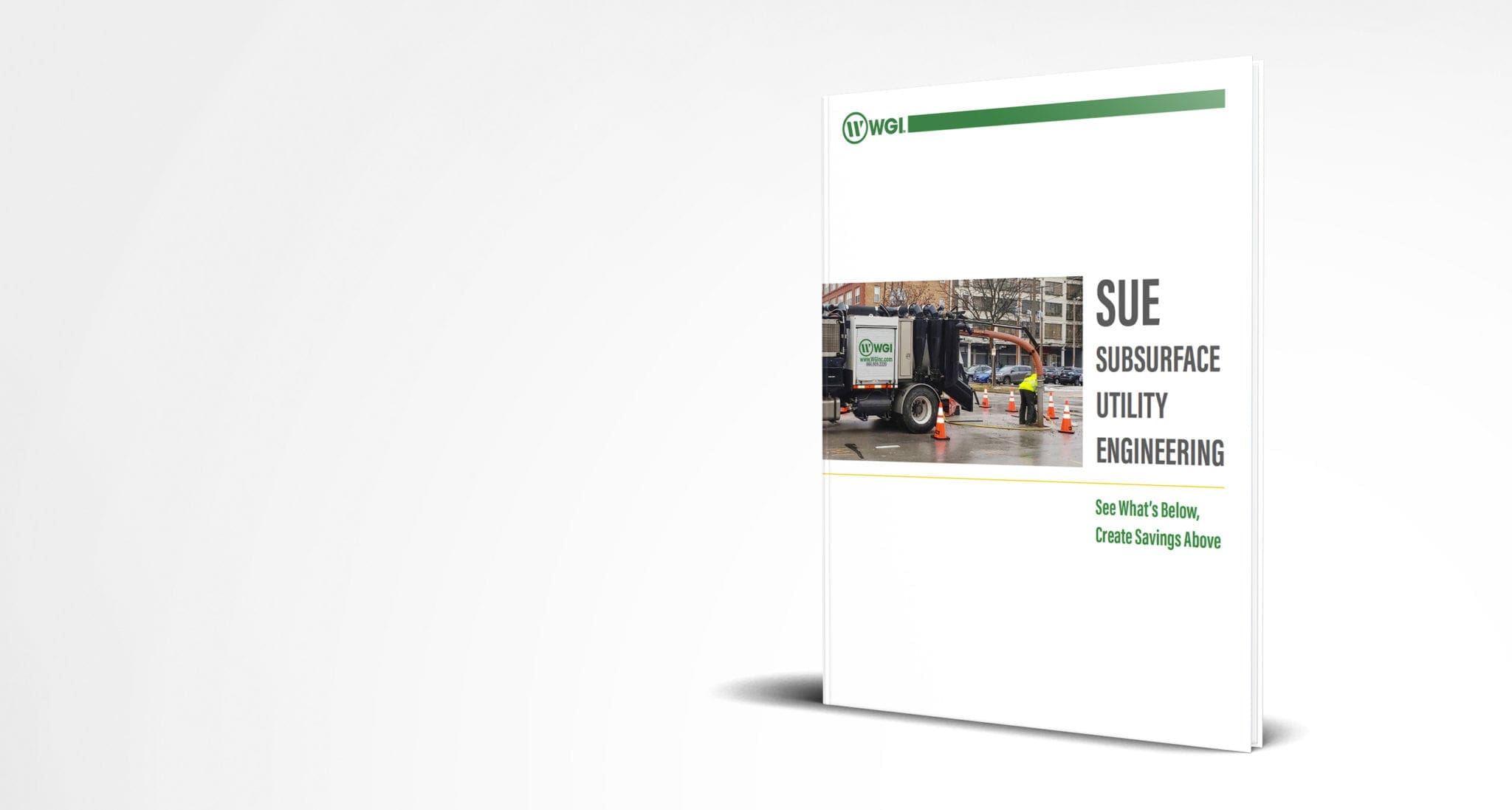
Subsurface Utility Engineering: See What's Below, Create Savings Above.
During construction activities, the lack of reliable underground utility location information can result in costly delays due to conflicts or damages, utility service disruptions, redesigns, liability claims, and injuries.
Subsurface Utility Engineering (SUE) is a specialized engineering discipline responsible for managing risks associated with below-ground utility locating and mapping, including condition assessments and construction strategies. WGI has over 20 years of experience conducting SUE investigations on behalf of our clients, resulting in time and construction cost savings, and safer construction sites.
Within the ownership and design community, the reasonable starting expectation is subsurface utility locations should exist in plans and records. However, experience often reveals that utility locations are not exactly as recorded, or that records do not fully account for additional buried utility systems or improperly documented system modifications. As a result, SUE is a solution providing vital information.
When used appropriately and performed correctly, SUE identifies existing subsurface utility data, maps underground utility locations, and classifies the data’s accuracy based on standardized quality levels. The collected SUE data allows for developing strategies and making informed design decisions, managing risks, and avoiding utility conflicts and delays. If a utility conflict arises, viable alternatives can be found to resolve the issue before any physical or monetary damage is done.
Combining civil engineering, surveying, geophysics, asset-management technologies, and nondestructive excavation technologies, during the design phase, SUE provides accurate 3D mapping of existing underground utilities. This helps avoid unnecessary relocations, eliminates unexpected conflicts with utilities, and enhances safety during construction.

With ever-advancing technologies, the SUE industry and standards have the capabilities to produce deliverables in a 3-D modeling format as shown here. With more data comes better design and construction abilities.
Utilizing SUE services is now a routine requirement on U.S. highway and bridge design projects, strongly advocated by the Federal Highway Administration (FHWA), American Society of Civil Engineers, American Association of State Highway and Transportation Officials, and state departments of transportation.
Used extensively in highway design and construction for 25+ years, SUE is gaining strong endorsement by many other client markets. Over a decade ago, the U.S. Federal
Aviation Administration released a DVD to its industry, titled, “Underground Update,” to explain the benefits of SUE. The U.S. military also endorses SUE for use in designing construction projects that involve congested underground utilities.

In the past decade, we’ve seen many more private land developers take advantage of our SUE services in their complex urban infill projects. Private-sector projects find an appropriate level of SUE investigation is very beneficial during the entitlement and design phases.
During construction, accurate SUE information also expedites excavation and installation, saving time and right-of-way rental fees. In dense, urban environments featuring multi-story buildings effectively built up to their lot lines, the adjacent rights-of-way become very congested with underground utilities. In downtown areas, it is not uncommon to find large stormwater drainage pipes, chilled water lines, fiberoptic data lines, wastewater and water pipes, natural gas lines, and electric infrastructure all contained in the same cross-section. The presence of these public utilities increases the potential for utility conflicts both during design and especially during construction.
An FHWA-sponsored study found that $4.62 was saved on overall project costs for every $1 spent on SUE. This figure was quantified by a study of 71 projects with a combined construction value in excess of $1B. Qualitative savings were not measurable, but clearly those savings were also significant, perhaps exponentially more valuable than the quantifiable savings.
Close to two decades ago, the American Society of Civil Engineers (ASCE) published the Standard Guideline for the Collection and Depiction of Existing Subsurface Utility Data (38-02). It formally defines SUE and sets standard guidance for collecting and depicting underground utility information.
The ASCE standard elevated SUE’s importance, presenting a subsurface utility data classification system that organized it into quality levels. Project owners, land surveyors, engineers, and construction contractors can determine a project’s suitable quality level at an appropriate cost, strategically reducing or allocating risks due to existing subsurface utilities. The standard closely follows concepts in place in the industry. Owners, engineers, and surveyors can maintain their compliance with this standard using SUE, or through their inclusion of SUE specifications in their engineering and surveying contracts.
The three major activities of designating, locating, and managing data are conducted individually to meet a given project’s specific needs. However, they are most advantageously employed in combination, creating a utility system’s complete 3D mapping. While the practice of SUE is tailored to each project, the ensuing process typically follows these ASCE Quality Levels:
Quality Level D Is the least-detailed SUE deliverable available. In Level D, the SUE
provider gathers utility records (as-built drawings, field notes, distribution maps) from
all available sources. All data is then compiled into a composite drawing and labeled ASCE Quality Level D.
Quality Level C A survey is performed of all visible surface features of the existing underground utilities (e.g., manholes, pedestals, valves, etc.). This information is added to the composite drawing completed during the ASCE Quality Level D record research and upgraded to ASCE Quality Level C.
Quality Level B Utilities designation using a variety of geophysical techniques (e.g., pipe and cable locators, or ground-penetrating radar), determining the utilities’ horizontal position. This information is surveyed, then compiled into the utility drawing, now labeled as ASCE Quality Level B data.
Quality Level A Is the most detailed and invasive SUE quality level. Once conflicts are identified, the data collection process’s final step is excavating test holes at key locations where the utilities’ exact size, material type, depth, and orientation are identified through vacuum excavation. The test hole information is surveyed and included in the utility drawings, which are now ASCE Quality Level A.
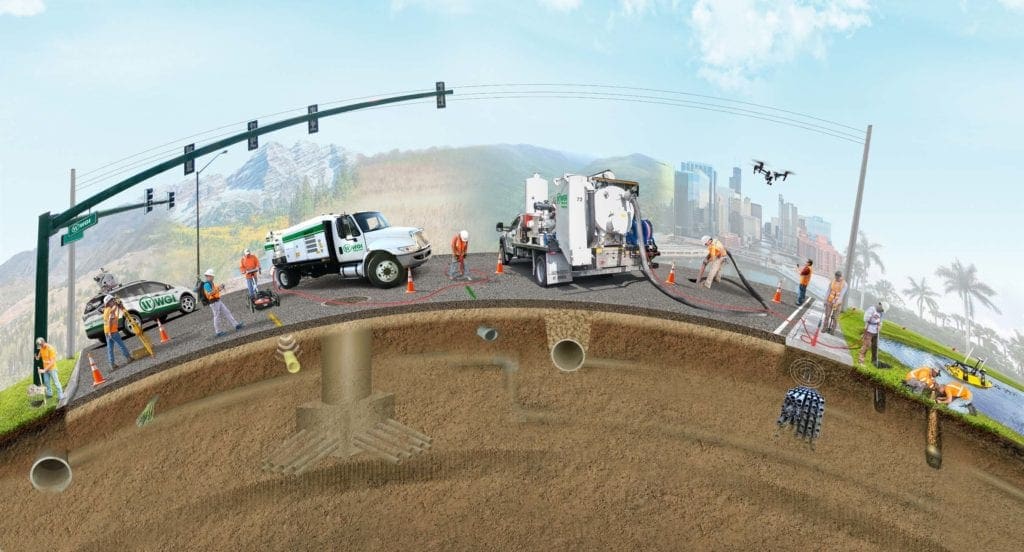
There is tremendous advantage and value to knowing with certainty the location of potentially impacted utilities — at the planning stage, prior to contract bidding, and field mobilization. For maximum effectiveness, the SUE process should be incorporated early in the development of every project that may impact underground utility facilities — especially in urban areas.
When subsurface utilities are discovered during the construction phase, both the conflict resolution costs and the potential for catastrophic damages are at their highest. That is what makes the collection and systematic depiction of reliable data for existing subsurface utilities so critical. Engineers can make informed decisions and support risk-management protocols during their design process.

Subsurface Utility Engineering: See What's Below, Create Savings Above.
WGI’s SUE experts will help you avoid costly conflicts, damages, delays, utility service
disruptions, redesigns, claims, injuries, and even lost lives.
For more information about these topics or to have a conversation with one of our experts, please contact us:

WGI is a national design and professional services firm leading in technology-based solutions for the construction of public infrastructure and real estate development. At WGI, we’re providing Tomorrow’s Infrastructure Solutions Today.

Construction for the Wekiva Parkway Section 6 project is over 50% completed and is slated to be finished in March of 2021.
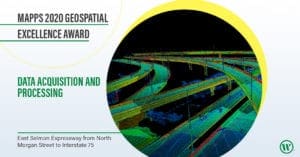
WGI was recognized by MAPPS for its excellence in lidar collection and processing for the East Selmon Expressway project, from North Morgan Street to Interstate 75, in Tampa, FL.
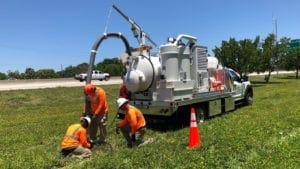
WGI’s SUE crews are utilizing some of our newest and most advanced equipment to work on this project safely and efficiently.
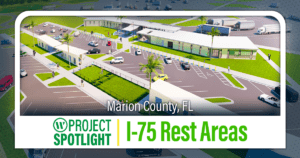
Discover how WGI is transforming Marion County’s I-75 Rest Areas into sustainable, safe, and innovative hubs for travelers, enhancing the functionality and environmental consciousness of these vital public spaces.
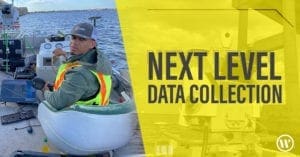
WGI’s geospatial team recently utilized vehicle-mounted mobile lidar, boat-based lidar, and sonar to collect data for the partial rehabilitation of a bridge.
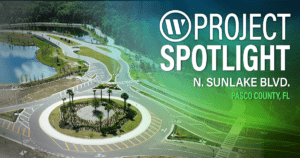
WGI’s North Sunlake Blvd project demonstrates an unwavering commitment to providing the necessary infrastructure, crucial utilities, and multi-modal access for the residents of Pasco County, with an emphasis on remaining environmentally conscious every step of the way.
You’ve been searching for a place like WGI. We look forward to meeting you soon.
Sign up to receive emails to hear our latest news and achievements in our monthly newsletter.
Enter your zip code, and we’ll personalize your experience with local projects, office locations, team members, and more.
WGI supports its associates with meaningful opportunities for growth, strong benefits and perks, while we work collaboratively with clients and co-consultants to shape and improve communities.






WGI is a dynamic organization with opportunities nationwide for engineers, land surveyors, landscape architects, environmental scientists, and architects.